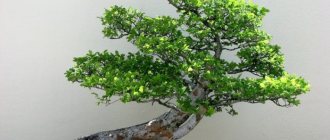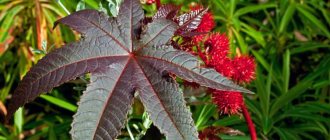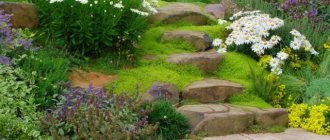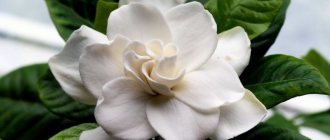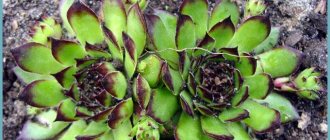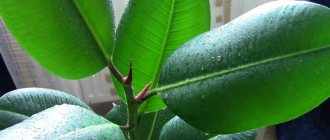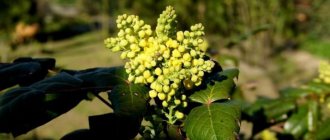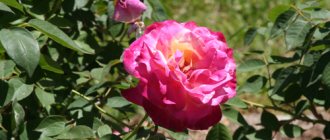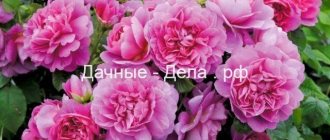Garden climbing plants are popular among flower growers of all countries due to their decorativeness and diversity. Landscape designers use them to decorate walls and facades of buildings, gazebos, fences, balconies, and terraces. They are able to hide defects in old buildings and barns.
Lianas allow you to radically change the appearance of the site, creating areas of increased coziness and comfort. With their help, they form magnificent compositions that attract everyone's attention.
General information
A feature of climbing garden vines is their thin stem, which does not allow them to hold massive foliage vertically. Ornamental vines for the garden adapt to survival by attaching to vertical supports with tendrils, suckers, shoots, thorns and auxiliary roots.
Lianas originate from the tropics and subtropical countries of Africa, Asia and America, but have long been acclimatized not only on European territory, but also in the harsh Siberian and Far Eastern conditions. Photos of vines for the garden delight all lovers.
There are many varieties of climbing plants, which are usually classified into two broad categories: annuals and perennials. Both groups include decorative and fruit-bearing varieties.
What are the advantages of using ready-made dry mixes?
Modern dry screed mixtures are in no way inferior to traditional cement-sand mixtures in terms of performance, in many ways they can even surpass it, and have a number of advantages:
- Preparation of the solution does not require dosage of components - its composition is already optimally selected at the factory.
- Many dry screed mixtures are much lighter than traditional concrete mortars. This is a gain in labor costs, transportation costs, and loads on the floor slabs.
- When mixing the solution, you do not need any special equipment, such as a concrete mixer, and the component of physical labor is small. All you need is a container of the required volume, water and a construction mixer or a mixing attachment for an electric drill.
- If, when using conventional concrete mortar, it is simply impossible to make a screed thickness of less than 20 mm without loss of strength, then dry mixtures can reduce the poured layer to 5 mm.
- The introduction of special additives into the composition of dry mixtures significantly increases the solidity and strength of the base for the finishing coating.
- It is possible to select mixtures depending on the planned operating conditions of the floor and the type of its finishing coating.
- As a rule, the composition of dry mixtures requires much shorter hardening times for the screed with the ability to move along it and continue construction and finishing work.
It may vary for different compositions, but it is always less than the required 4 weeks when using a conventional cement-sand mixture. - The use of ready-made dry mixtures for pouring screed does not require high construction skills - it will be enough to strictly follow the instructions developed by the manufacturer and attached to the specific brand of material.
Annual vines
There are more than a hundred varieties of climbing plants with a lifespan of one season. They are all different in appearance and other features, but they are distinguished by common characteristics, for example, a long stem with missing side shoots. They usually weave around hedges, terraces, and walls in well-lit places. Lianas are light-loving; they require enough light for normal development.
At the planting site, the soil must be thoroughly dug up. Annuals are planted annually. They have the ability to scatter seeds around and displace nearby flowers. The owner of the site has to ensure that this does not happen.
Classification of annuals
This type includes:
- Echinocystis, popularly called “mad cucumber” and until recently considered a weed;
- sweet pea, a bindweed from the legume family with an attractive scent and bright colors;
- Basella alba, or Malabar spinach, which has medicinal properties and is eaten in southeast Asia;
- dolichos, a vine from the legume family, reaching 3 meters in length, characterized by rapid growth, unpretentiousness and decorativeness;
- climbing kobeya with bell-shaped flowers;
- nasturtium with large fragrant flowers of bright orange color and rounded leaves;
- quamoclite, an unpretentious annual from which Christmas tree figures are formed;
- rough ellipse, beautifully blooming with bright buds from mid-summer to the end of the autumn season;
- azarina, or maurandia, which blooms for several months;
- thunbergia with heart-shaped leaves and large 5-centimeter flowers in snow-white, beige and other colors with a dark center.
Many flowering vines for the garden in their homeland, in the tropics, grow for more than one year, but in our climate, gardeners plant them as annuals.
Actinidia
Of particular interest are perennial fruit vines. And actinidia, called Amur gooseberry, is one of them. A close relative of the kiwi is distinguished by its high decorative value and productivity. It does not require special care, can withstand temperatures down to -30 °C and invariably produces delicious fruits. The Kens Red variety has earned a lot of praise - the purple “barrels” are not only very beautiful, but also contain a lot of ascorbic acid.
Planting and caring for annual vines
When planting vines, it is necessary to take care of vertical supports, which can be pegs, branches, fences, and netting. It is advisable to install stands at the time of planting, so as not to later injure the roots of the sprouted plant. Caring for annual vines involves removing shoots that look out of place.
Annuals are capable of growing 5 meters in height in a short period of time. They are grown by seedlings and seed methods. Transplantation of seedlings into open ground occurs after the end of the threat of frost, in the second ten days of May.
Seeds sown in the soil should be covered with film, and when the first true leaves appear, pinching should be done to form new shoots.
Advanced gardeners often use perennials for propagation as annuals. The specificity of the technique is to get rid of unnecessary worries about wintering and at the same time the desire to vary the appearance of the site every season.
Philodendron
Prized for the appearance of its leathery leaves. Depending on the type, their sizes can vary from 15 to 40 centimeters. Many types of philodendron are grown as hanging plants, but if you want a large, fast-growing vine, choose the ivy variety. In winter, at a temperature of +13 degrees, the plant has every chance of dying. Do not place the philodendron in drafts. Do not place in direct sun. But moderate lighting and the same humidity of the soil ball will contribute to the good development of the specimen. It will feel good if you occasionally spray it on the foliage with boiled water. Propagated only in the warm season by cuttings from the stem.
We hope the information about the most common types of indoor vines with photos and names was useful to you. And you were able to choose a plant that is ideal for your home conditions.
Classification of perennial varieties
Climbing vines are grouped into two categories: woody and herbaceous. The first of them continue to grow every spring from where they left off last year, increasing in length and multiplying foliage and flowers. The trunk becomes harder over time, resembling wood. The latter, if they do not fall off on their own, need pruning to ground level. In the spring, this root will sprout new shoots.
Tree crops are frost-resistant and not resistant to winter cold. They can withstand winter frosts well and do not need to be removed from their supports for the winter and covered.
In extreme frosts, the maximum damage that the weather can cause to them is the freezing of young branches. Cold-resistant vines require insulation.
Types of perennial lianas:
- a climbing rose that evokes the admiration and delight of lovers;
- Kampsis, which is called the “sleeping beauty”, with amazing gramophone flowers;
- beautiful vines are not a compliment, but the name of a variety of perennial climbing plant;
- actinidia with foliage that turns red in autumn and winter orange berries;
- girlish grapes, which wonderfully green up walls and hedges, changing the color of the foliage to burgundy by the end of the season;
- honeysuckle with an attractive aroma and edible fruits for butterflies;
- ivy is the most common garden vine, creating a continuous carpet of foliage;
- clematis with flowers of various colors, rivaling roses in beauty;
- wisteria, characterized by the density of flowers, due to which the leaves are not even visible;
- bougainvillea with delightful flowers and creeping shoots.
Among the perennial climbing plants there are ordinary vines, found everywhere, simple-minded and unassuming, not requiring much effort in care. More experienced gardeners take on the task of planting exotic plants that are adapted to our weather and deserve attention.
There are a huge number of wonderful weaving garden vines that allow you to transform a site and hide all its defects, create corners of comfort and joy in the garden.
Rolled lawn on site- How to choose a drilling company: top 5 tips from experts
Cleaning the beds
Maiden grapes
If you need to drape walls or a garden fence in record time, then virgin grapes (parthenocissus) will cope with this task best of all! It seems to fill vertical spaces by leaps and bounds, easily overcoming any obstacles. A native of North America, it does not cause problems in cultivation and is amazingly resilient - it grows in the sun and shade, withstands drought and lack of nutrients in the soil. In autumn, the foliage takes on a crimson hue, creating the illusion of a fiery avalanche.
